Pulished on Sep. 29, 2020
Pots and pans commonly used in our family, as well as the daily drinking cups, tableware, etc., are all made of 304 stainless steel, which is food equipment, and is widely used. Daily food design is also exposed to more acid and alkali. The biggest advantage of 304 stainless steel is acid and alkali resistance, and it has high density and no bubbles in polishing.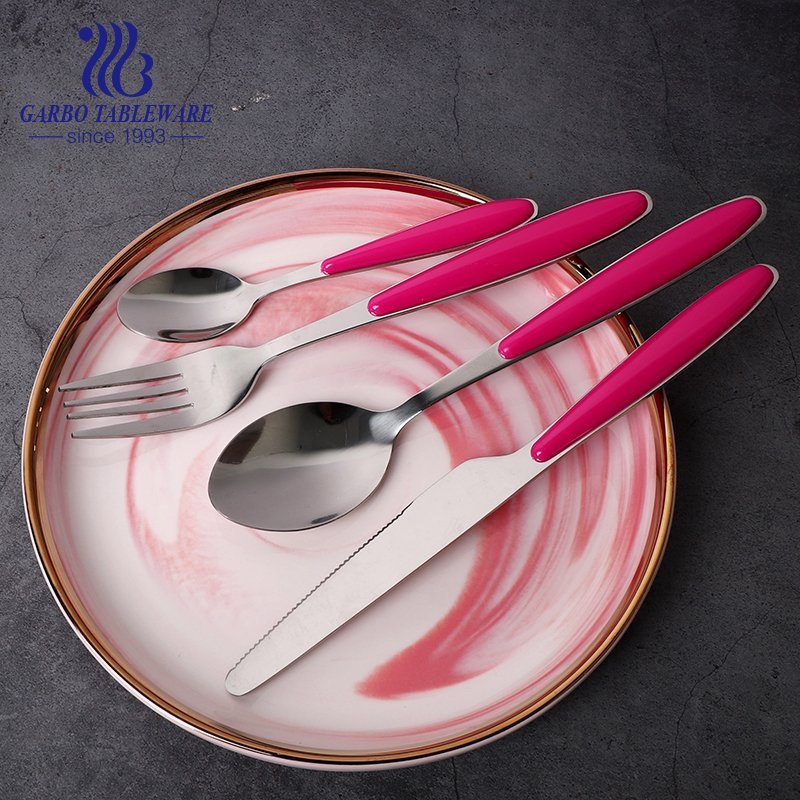
So which 304 and 430 stainless steel materials are more favored?
Iron + 18% chromium + 8% nickel can resist chemical oxidation. This stainless steel is 304 in the jis code, so it is also called 304 stainless steel.
The composition of 304 is 18Cr-8Ni. It is a widely used steel with good corrosion resistance, heat resistance, low temperature strength and mechanical properties; it has good hot workability such as stamping and bending, and no heat treatment hardening phenomenon (non-magnetic, Use degree -196℃~800℃).304 stainless steel is better than 410 stainless steel.
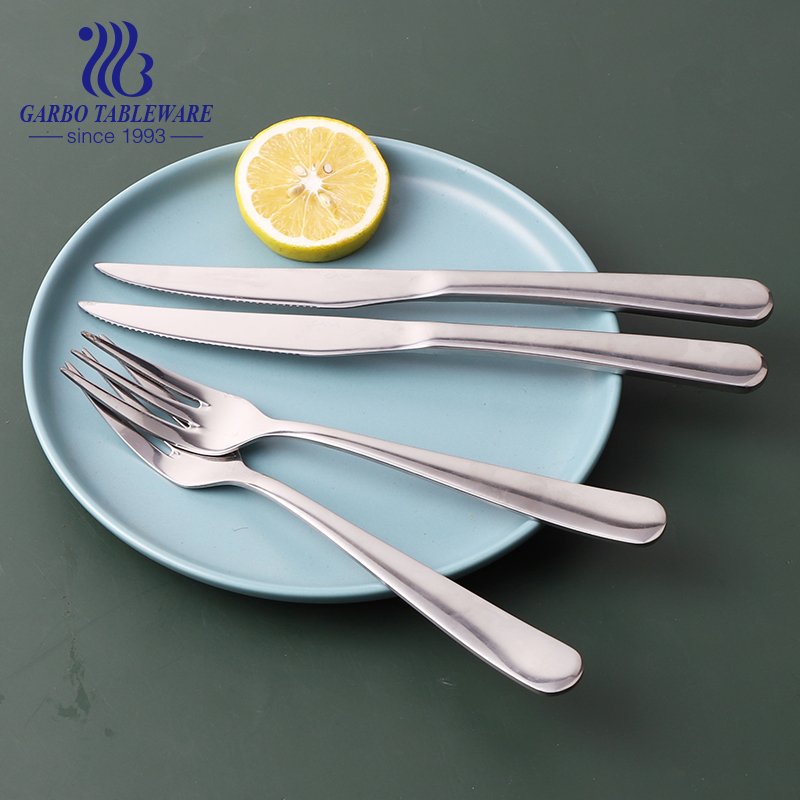
The main difference between them is nickel and chromium. The corrosion resistance of 430 is far less than that of 304; the acid and alkali resistance of 430 is not as good as that of 304; because 430 has a higher carbon content than 304, 430 is better than 304 To be hard and brittle, 304 has better toughness. Scratching the surface of 430 with a hard knife will generally have obvious scratches, while the scratches on 304 will not be obvious.
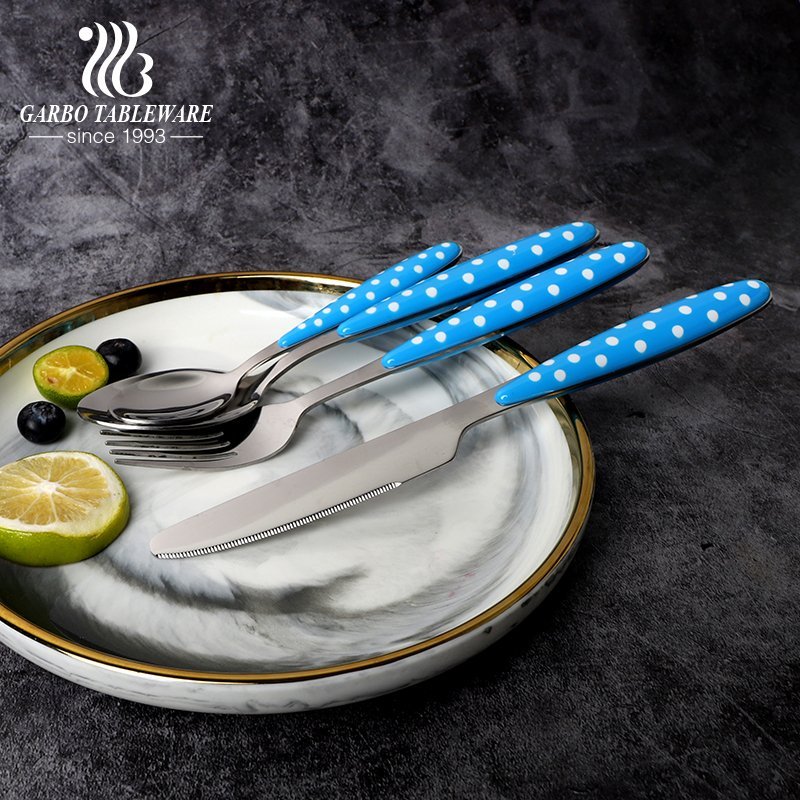
Iron + 12% or more of chromium can prevent oxidation caused by natural factors. It is called stainless steel. The code name in jis is No. 430, so it is also called 430 stainless steel. However, 430 stainless steel cannot resist the oxidation caused by chemicals in the air. After 430 stainless steel is not often used for a period of time, it will still be oxidized (rusted) due to unnatural factors.
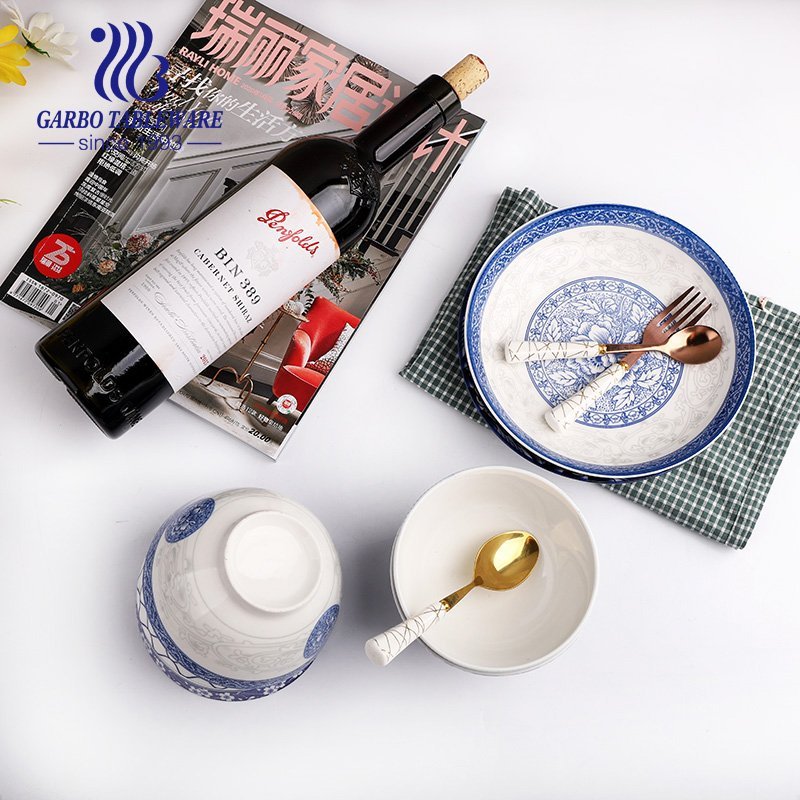
However, there are more and more chemical components in the air, and some more polluted places will even rust 304; therefore, some high-end products will be made with 10% nickel to make them more durable and corrosion-resistant This kind of stainless steel is called 18-10 stainless steel. In some tableware descriptions, there is a statement similar to “using the most advanced medical stainless steel material of 18-10”.
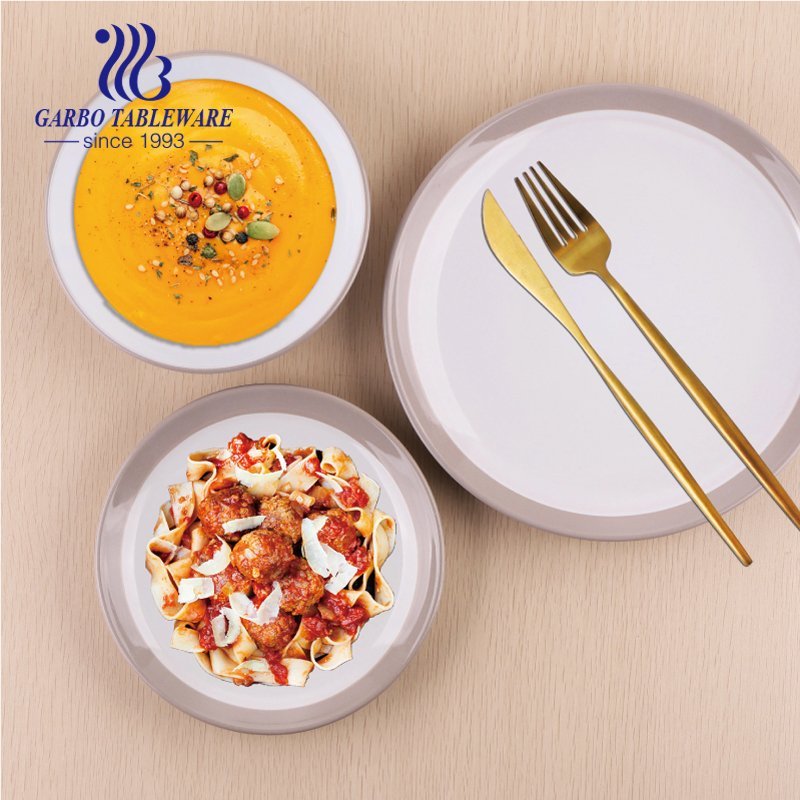
Basically, the common foods in daily life cannot harm 304 stainless steel. Naturally, there is no need to worry about foods that corrode stainless steel and produce harmful substances to the human body, or eat them directly into the stomach. 430 stainless steel contains 16.00~18.00% chromium and basically does not contain nickel metal, so the corrosion performance is not as good as 304 stainless steel.
304 stainless steel is 18/8 stainless steel. The GB grade is 0Cr18Ni9. In terms of high temperature resistance, it can reach 1000-1200 degrees. 304 stainless steel has excellent stainless corrosion resistance and good intergranular corrosion resistance. For oxidizing acids, it is found in experiments that 304 stainless steel has strong corrosion resistance in nitric acid with a concentration ≤ 65 and below the boiling temperature. It also has good corrosion resistance to alkaline solutions and most organic and inorganic acids.
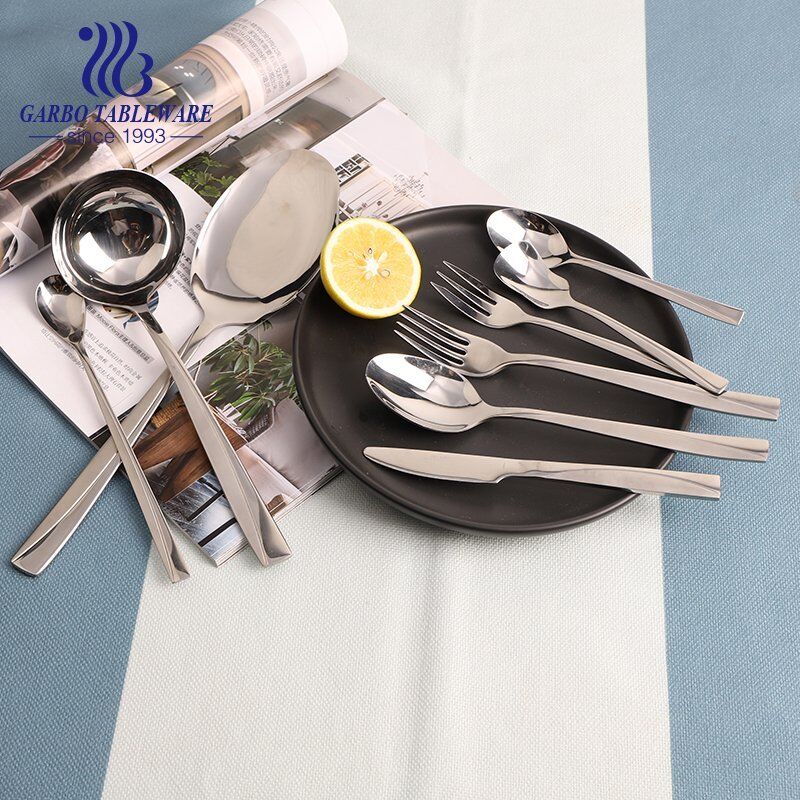
The advantages of 304 stainless steel are mainly manifested in:
Returning to life, many customers are asking 304 and 430 which material is better to make stainless steel soup pots and woks
Which brand of 304 stainless steel soup pot is good?
The brand is not the most important one. When choosing a good stainless steel soup pot, pay attention to the following points:
There are three main factors: 1 the quality of the material; 2 the thickness of the material; 3 the quality of the workmanship. Among them, the material quality and material thickness have the greatest influence. The good material is stainless steel with a higher nickel content, and the lesser material is nickel-free stainless steel, commonly known as stainless iron. Since stainless iron contains only chromium and no nickel, the cost will be reduced a lot. Thirdly, the chromium content in stainless iron is also low. Of course, the cost of this material is lower, but it is less used to make pots.
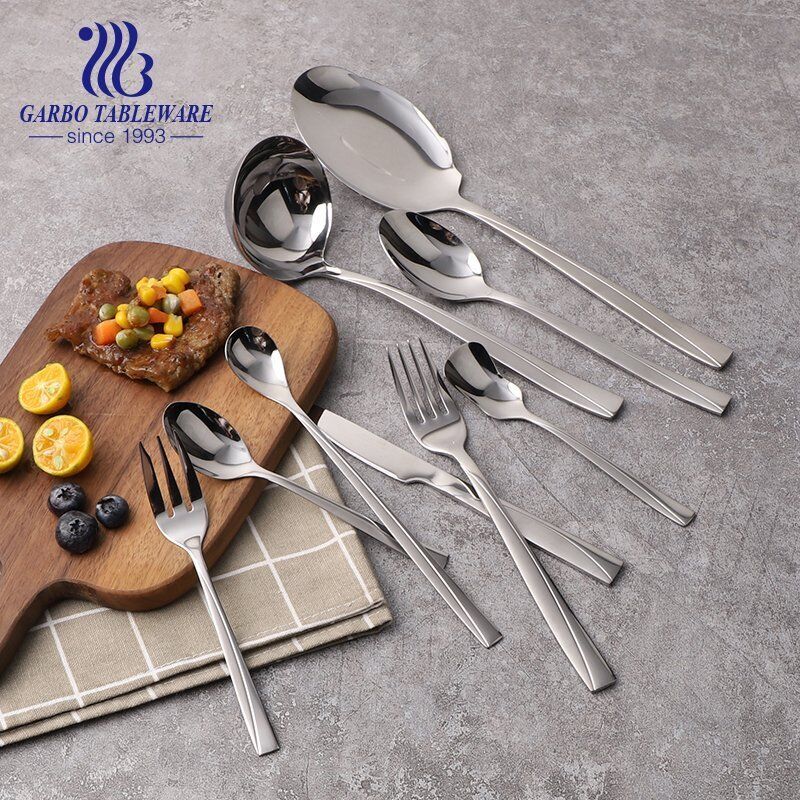
304 stainless steel or 430 stainless steel, which one is better for a wok?
The corrosion resistance of 430 and 304 are the same. They can be used as woks or other food containers, but the metallographic structure of 304 is austenite, and 430 is ferrite. The most intuitive difference is that the magnet can absorb 430, but Can not absorb 201, 304, 316, 603 and other stainless steel, that is, the difference between magnetic and non-magnetic, so some people turn 430 into stainless steel.
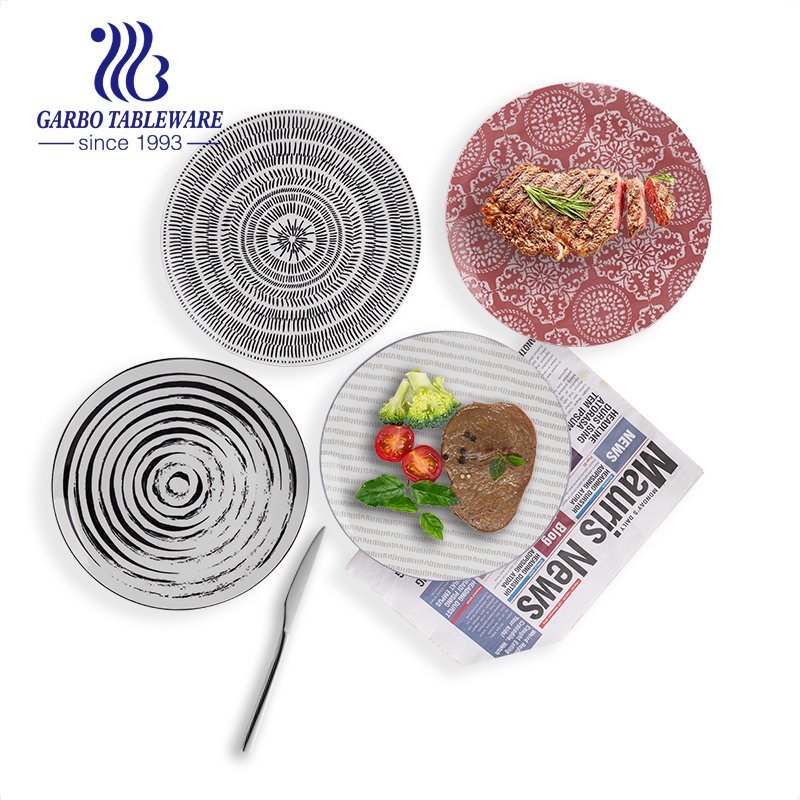
Generally, if you use 430 as a pot, it can be used on an induction cooker. In addition, the thermal conductivity of 430 is slightly stronger than that of 304, so most large factories use 430 as the outer layer and 304 as the inner layer of the composite pot.